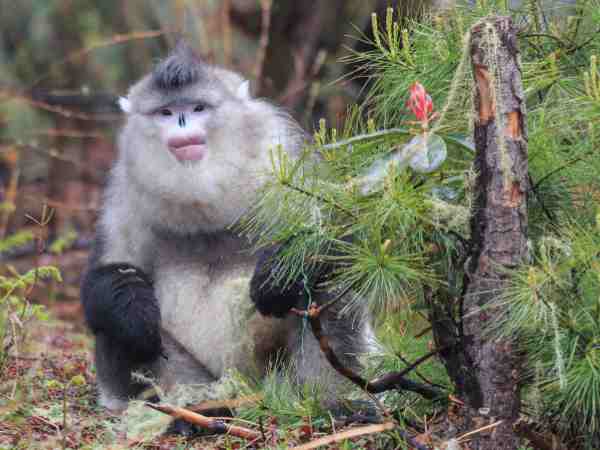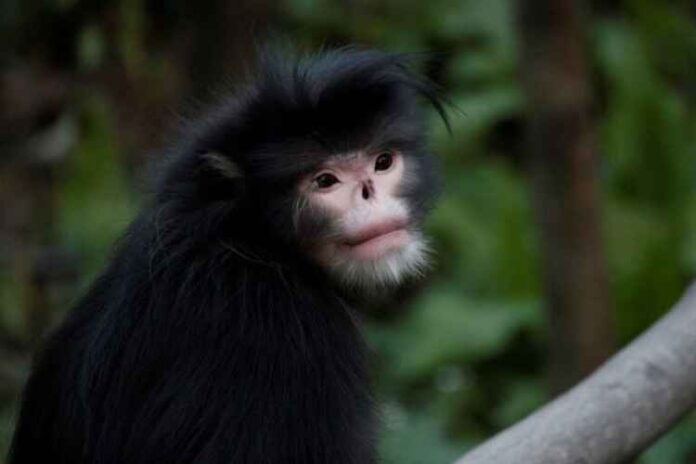In this blog we are going to tell you about Rhinopithecus Strykeri Photos, so read this blog carefully to get the complete information.
Researchers have released photos of the Rhinopithecus strykeri snub-nosed monkey in its native environment in Yunnan province, providing the first proof that it still exists. A monkey with a nose so upturned that rain causes the animal to sneeze incessantly resides in the woods around Myanmar and China border. The snub-nosed monkey (Rhinopithecus strykeri), as its name suggests, was just found in 2010. The images are included in the American Journal of Primatology’s current edition. Scientists initially described Rhinopithecus strykeri in 2010 after it was discovered in Kachin, Myanmar’s northeastern state (Burma). After a forest ranger photographed a group of snub-nosed monkeys near Pianma, in Yunann’s Lushui County, Yongcheng Long of the Nature Conservancy China Program led the subsequent trip in China.
How were these species identified?
Furthermore, the International Monkey Society has named these monkey species as the best new species of 2012. Because of its particular appearance, the monkey becomes one of a kind, standing out among the other monkeys. 30 camera traps produced 222 photographs during the course of eight days of direct observation. According to the BBC, the new photos show that these monkeys are most similar to the black-and-white snub-nosed monkey and that they live in clusters with one male and many females.
Fauna & Flora International (FFI) received the first footage of these creatures, which were already in danger owing to hunting and deforestation, in March of 2014. According to FFI, there are possibly just 300 of these people left. It doesn’t help that they have an unusual anatomical trait. When the primates were originally discovered five years ago, experts noted that they were less concealed during the rainy season because they were constantly sneezing – loudly.
According to locals and Discovery, these monkeys spend much of each downpour bending over with their heads between their knees, despite the fact that this has yet to be formally proved. These monkeys are also hampered by other seasons. Anyone who suffers from allergies or has ever had a cold knows how aggravating excessive sneezing can be. The difference between a loud and a gentle ah-choo might mean the difference between life and death for these monkeys.

So, what kind of environment do these monkeys inhabit?
According to the Rhinopithecus Strykeri Photos, these monkeys spend their summer days at a greater temperature and eventually descend to the lower areas of the caves to escape the frigid, cold temperatures during the winters, as experts have verified. Although it was discovered in 2010 by a team of scientists, the known specimens were only in a group of three or four when the finding was first made public.
On the other hand, these monkeys are threatened by a more serious threat: hunting. Various parts of the body of this animal are used in a range of commercial purposes.
RELATED – CAT BREEDS THAT SUIT YOUR LIFESTYLE
Where does the name of snub-nose monkey come from?
It was previously known as the Burmese monkey, but this monkey’s scientific name was chosen in honour of Jon Stryker. As a consequence of his status as the founder and president of the Arco Foundation, he was contacted by them. They are credited with helping to discover these new species by providing financial support.




